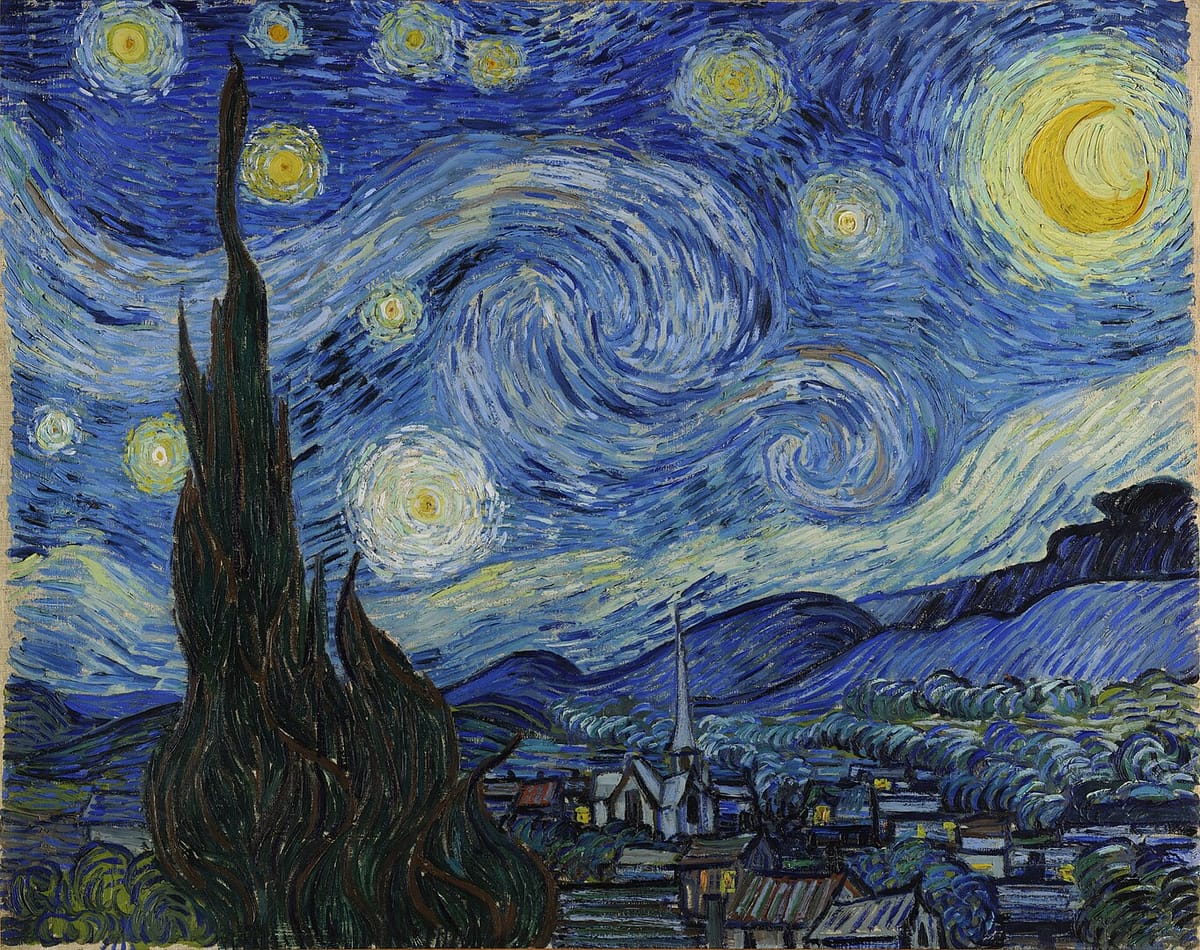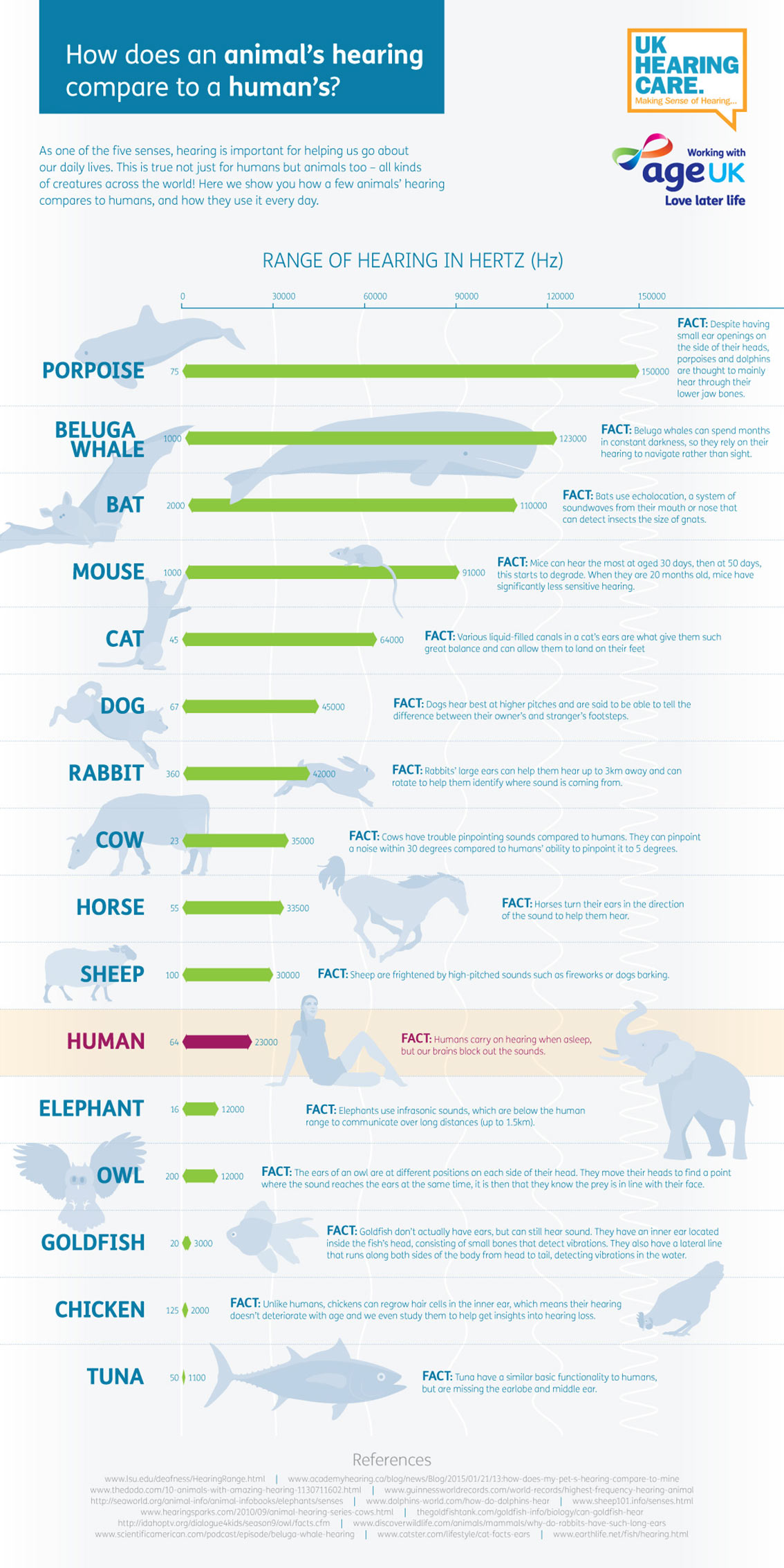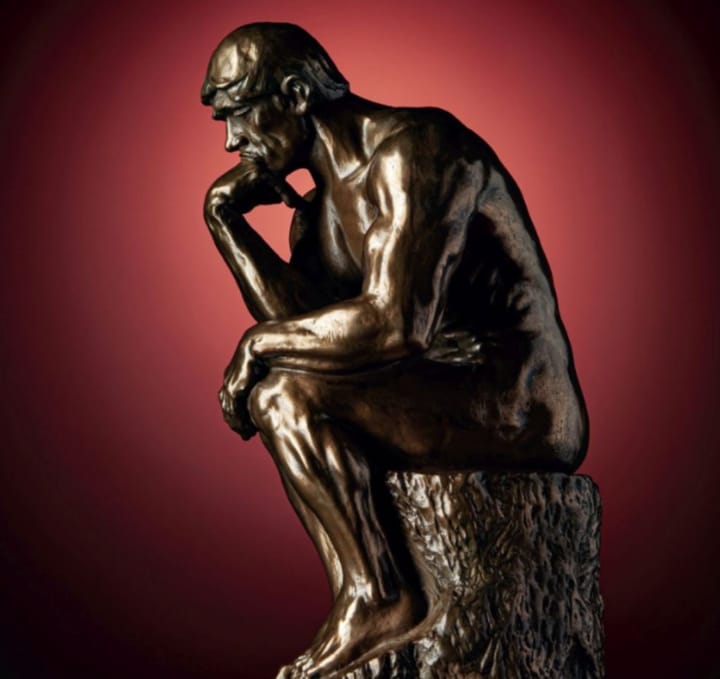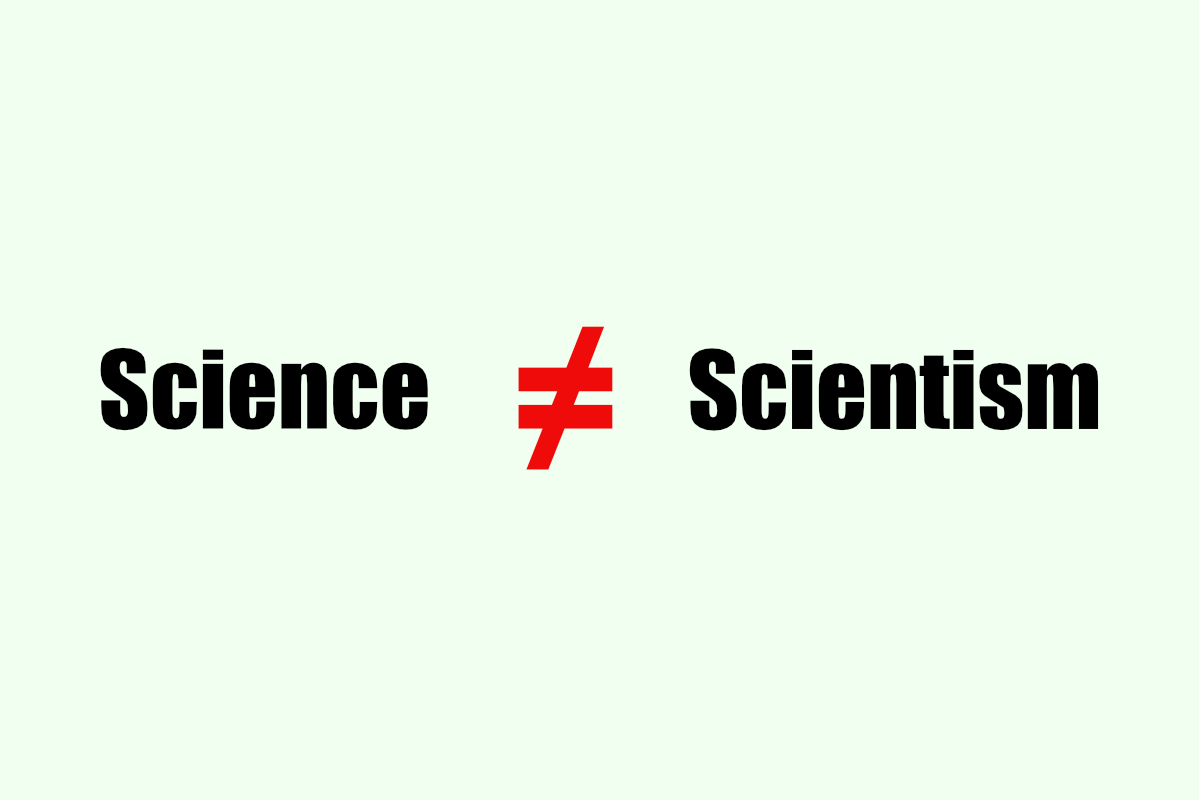The Limits of Perception Aren’t the Limits of Reality

In our quest to understand the world, we often mix concepts and end up confused. One confusion I’ve noticed frequently, both in research papers and popular discussions, is the idea that imperfect perception undermines the existence of reality. Just because I can’t fully trust my senses doesn’t mean reality isn’t out there—it simply means I might not perceive it perfectly.
A consistent theme of this blog is that consciousness and reality are the two fundamental starting points. I know I exist, experience, and feel and that I am part of something rather than nothing. But knowing something exists doesn’t mean I can fully grasp its true nature. This applies to both consciousness and reality.
Philosopher Immanuel Kant said it well: “We can never have access to the unfiltered thing-in-itself of objective reality.” Plato’s allegory of the cave and the Indian concept of Maya echo this idea. But none of these philosophies suggest that reality doesn’t exist—only that our perception of it is limited.
Science now supports what ancient philosophers knew millennia ago: our senses are both fallible and limited.
Here’s a quick video of an optical illusion— Are they the same size —thousands more are online.
Consider optical illusions or auditory tricks—they reveal how easily our senses can be deceived.

The above chart, for instance, reminds us that our sensory range is just a sliver of the full spectrum.
We actively construct our experiences, rather than passively receive information about the outside world.
So, what are the implications? Should we give up trying to understand ourselves and the world?
Not at all. But we must avoid two extremes: believing we’ve already figured everything out or thinking that understanding is futile. The truth lies in between. Rejecting reality because we can’t perfectly perceive it misunderstands the nature of perception itself. Even our tools—science, philosophy, and introspection—may be imperfect, but they allow us to refine our understanding of the world, even if we never grasp its full essence.
Instead of making a case against reality, let’s embrace the journey of exploring it. Recognizing the limitations of perception isn’t an obstacle; it’s an invitation to see more clearly, think more deeply, engage more fully with the mystery of existence—and remain open to different ways of knowing.
Notes:
- Immanuel Kant, Critique of Pure Reason, 1st ed. 1781, 2nd ed. 1787. Kant introduces the concept of the "thing-in-itself" (Ding an sich) to describe objective reality as it exists independently of human perception, which we can never access unfiltered. This idea is foundational to his epistemology and philosophy.
- Plato’s Cave: Plato, Republic, Book VII. The allegory of the cave describes prisoners who are chained in a cave, only able to see shadows cast on a wall by objects they cannot directly perceive. This illustrates the idea that human perception is limited to appearances, while the true form of reality (the "world of forms") exists beyond our immediate sensory experience.
- Indian Maya: The Indian concept of Maya, found in texts such as the Upanishads and elaborated in Vedanta philosophy, refers to the illusory nature of the world as perceived through human senses and mind. Maya does not negate the existence of reality but suggests that our experience of it is shaped by ignorance (avidya).


